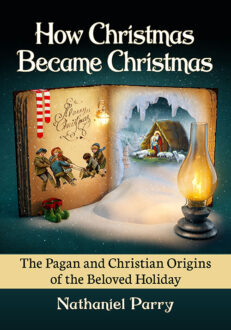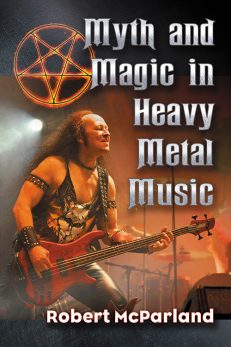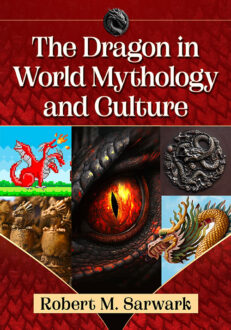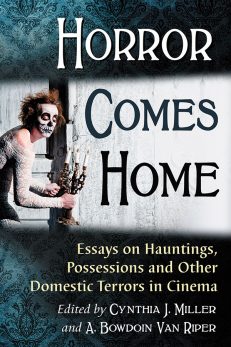Horror Comes Home
Essays on Hauntings, Possessions and Other Domestic Terrors in Cinema
$29.95
In stock
About the Book
Home, we are taught from childhood, is safe. Home is a refuge that keeps the monsters out—until it isn’t. This collection of new essays focuses on genre horror movies in which the home is central to the narrative, whether as refuge, prison, menace or supernatural battleground. The contributors explore the shifting role of the home as both a source and a mitigator of the terrors of this world, and the next.
Well known films are covered—including Psycho, Get Out, Insidious: The Last Key and Winchester House—along with films produced outside the U.S. by directors such as Alejandro Amenábar (The Others), Hideo Nakata (Ringu) and Guillermo Del Toro (The Orphanage), and often overlooked classics like Alfred Hitchcock’s The Lodger.
About the Author(s)
Bibliographic Details
Edited by Cynthia J. Miller and A. Bowdoin Van Riper
Format: softcover (6 x 9)
Pages: 279
Bibliographic Info: 29 photos, notes, bibliographies, index
Copyright Date: 2019
pISBN: 978-1-4766-7967-9
eISBN: 978-1-4766-3769-3
Imprint: McFarland
Table of Contents
Acknowledgments vi
Introduction (Cynthia J. Miller and A. Bowdoin Van Riper) 1
I. Uncanny Spaces
Romping with Freud in the Pink Palace: Abjection, the Uncanny and the Victorian Feminine in Henry Selick’s Coraline (2009) (Sue Matheson) 14
Guillermo del Toro’s Home for Horrified Orphans (William M. Crouch) 28
This House Is Ours: Haunting the Self in Alejandro Amenábar’s The Others (Ismael Ibáñez-Rosales and Anabel Altemir-Giral) 42
Inside the Box: Home, Horror and Helplessness in Demon Seed (A. Bowdoin Van Riper) 54
II. Dark Legacies
Ghost Karma: The Winchester House as Spiritual Reparation (Thomas Robert Argiro ) 70
The House That White Privilege Built: Jordan Peele’s Get Out and the Haunting Legacy of Plantation Slavery (Cammie M. Sublette) 83
Haunted Suburbs, Missing Children and the Reagan-Era Bogeyman: Stalking Gothumentary Catharsis in Cropsey (Ruth Goldberg) 95
Feminism’s Reoccurring Nightmare: Monstrous Patriarchy, Pulp Horror and The Stepford Wives (Ruth Wollersheim) 107
Fractured Heroines, Traumatic Pasts: Traversing the Haunted Homes of Horror (Nina K. Martin) 122
III. Troubled Minds and Bodies
Television Killed the Video Star: How A&E’s Bates Motel Explains the Shock of Hitchcock’s Psycho as a Realist Account of Daily Life in Late Capitalism (David Anshen) 136
Home Invasions: Masculine Spaces and the Mind in Manhunter (Brian Brems) 148
Shallow Focus: Trawling the Gothic Undercurrents of Lake Mungo (Duncan Hubber) 162
The Horror of the Circus: Exhibiting Disability in Freaks (1932) and American Horror Story: Freak Show (2014) (Tatiana Prorokova) 177
IV. Insidious Threats
“We never knew you lived in the block”: The White Mother and Black Male Sexual Violence in Attack the Block (Bart Bishop) 192
Coming Home to Horror in Insidious: The Last Key (Cynthia J. Miller) 206
You Saw Me, Didn’t You? The Horror of the Mediated Eye in the Occult Horror Ringu Franchise (Senjo Nakai) 219
The Stranger in the House: Interwar Crisis Comes Home in Alfred Hitchcock’s The Lodger: A Story of the London Fog (1927) (Thomas Prasch) 232
“Lamento lo que va a ocurrir aquí”: The Place(lessness) of Youth in Mexico in Carlos Enrique Taboada’s Más negro que la noche (Phillip Serrato) 247
About the Contributors 261
Index 265





